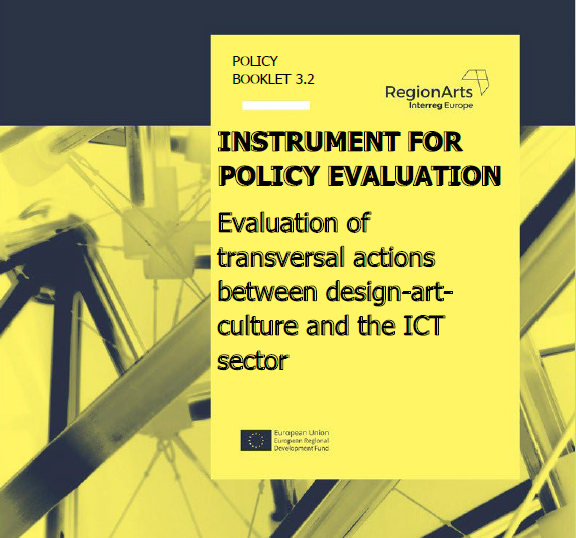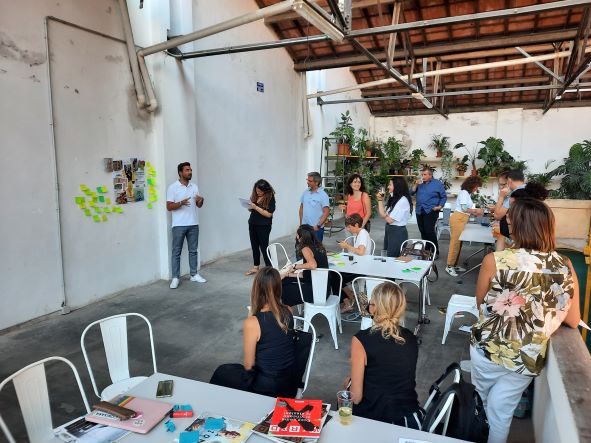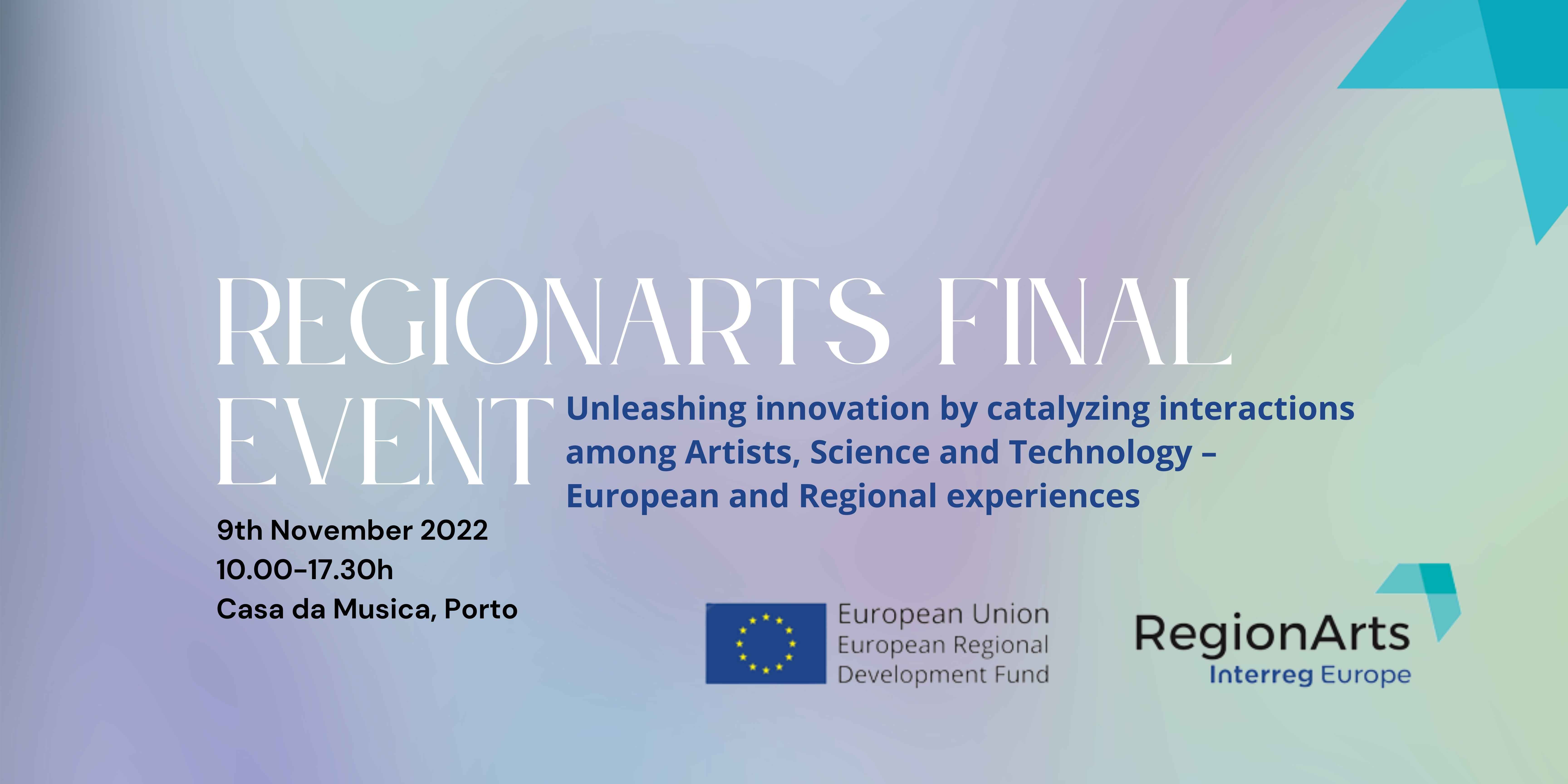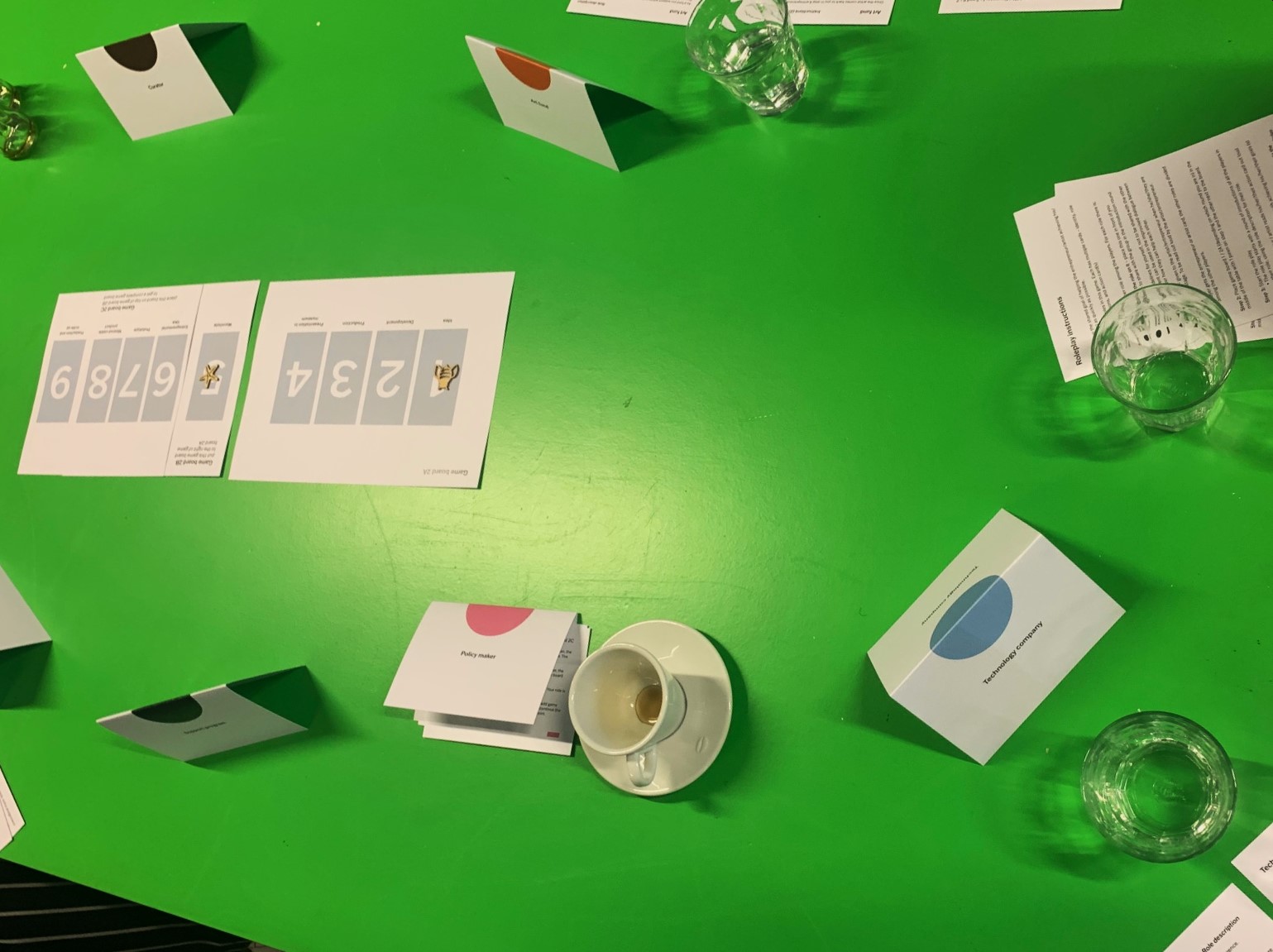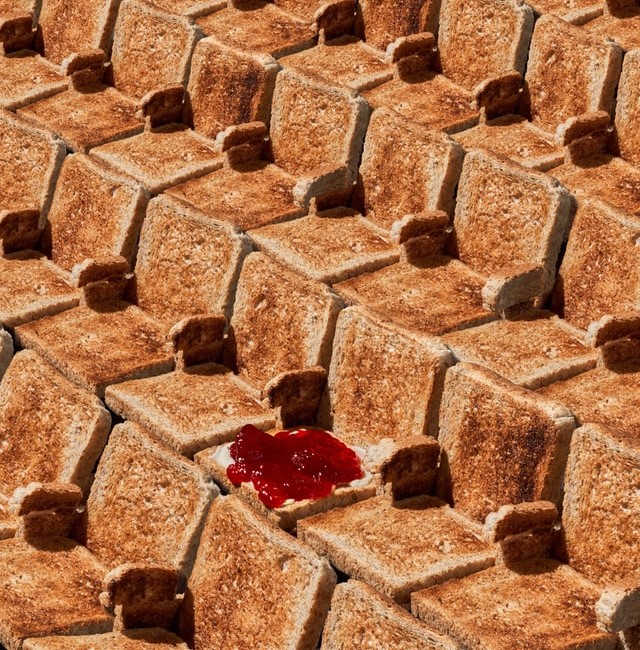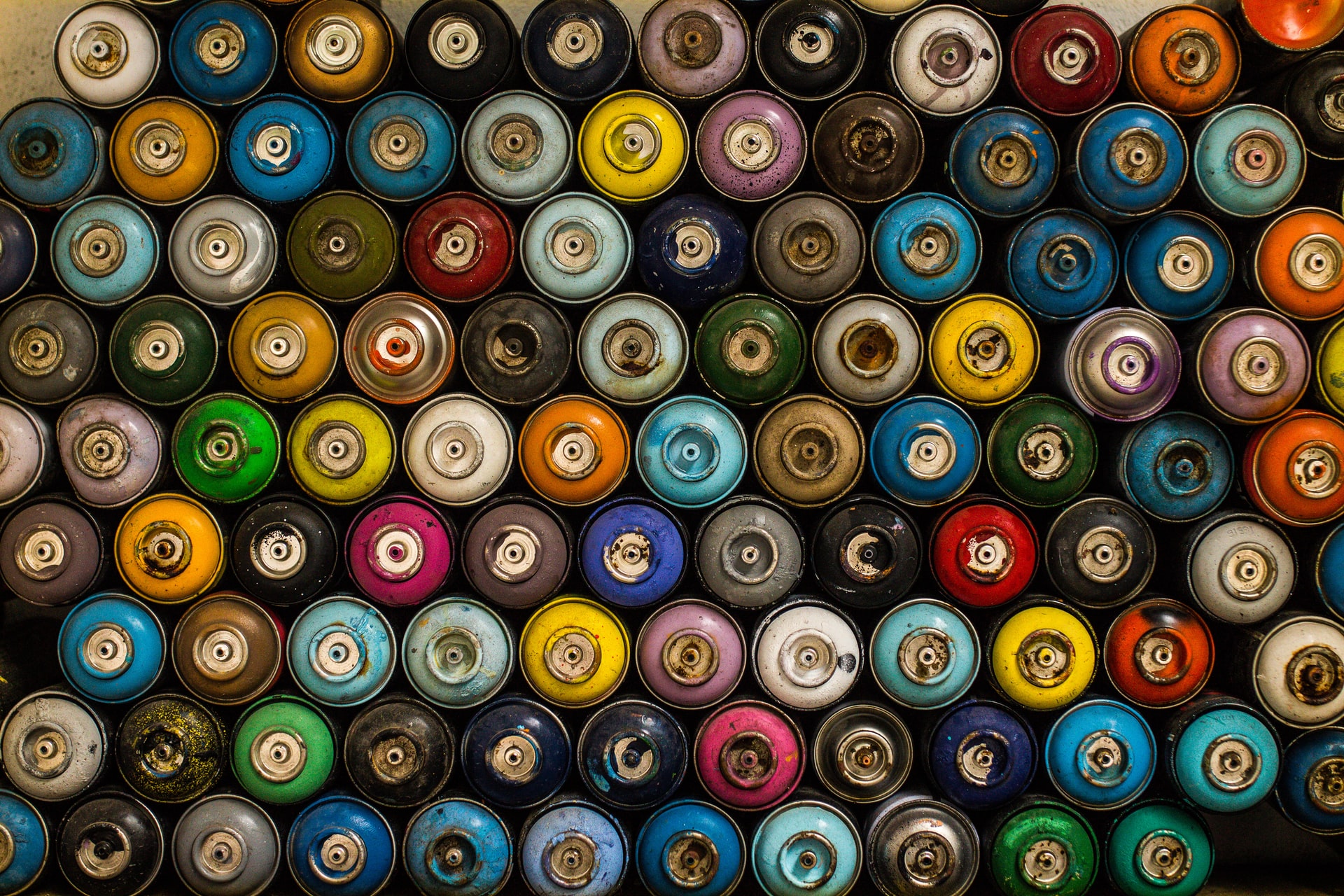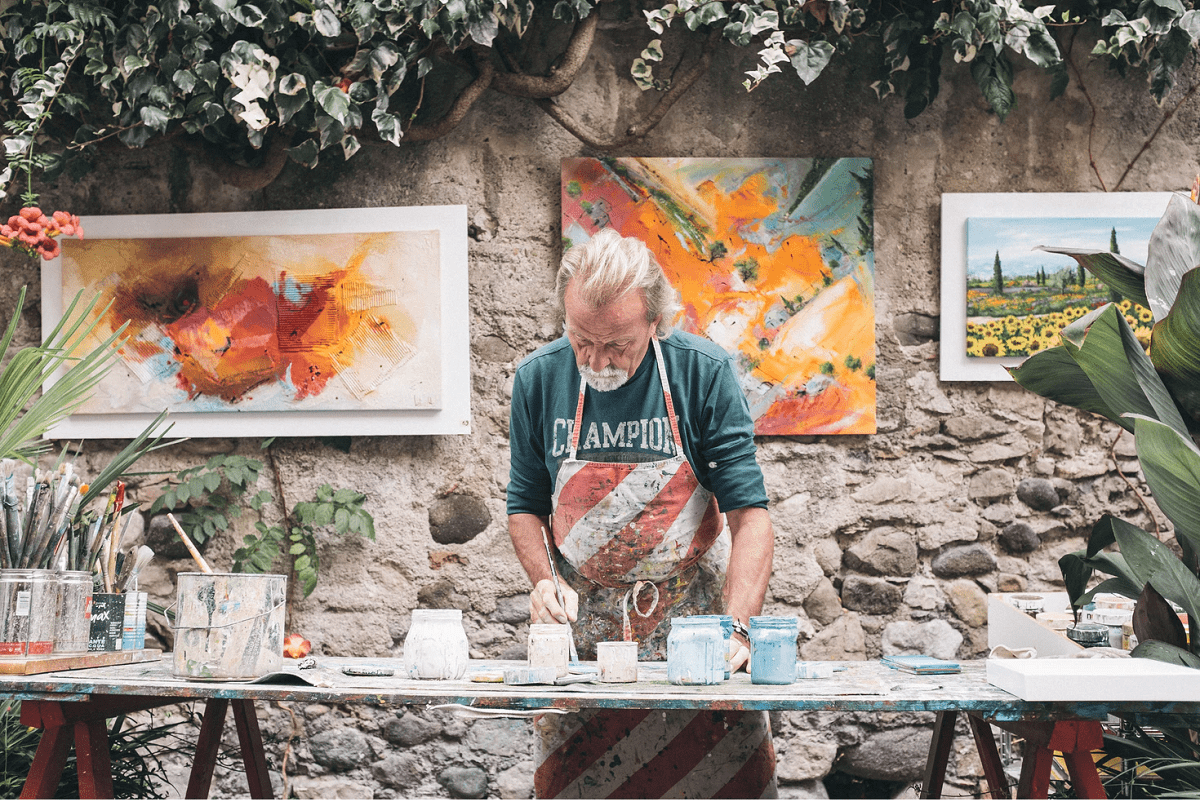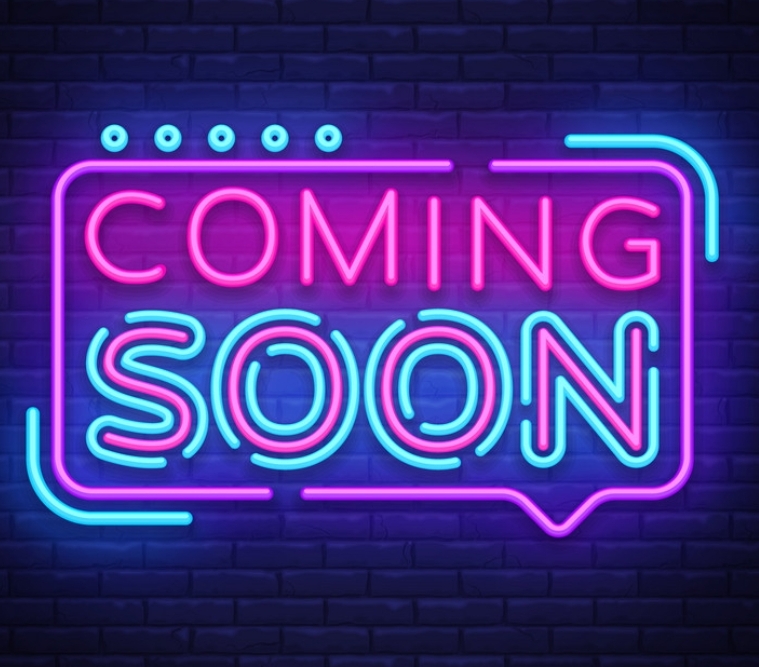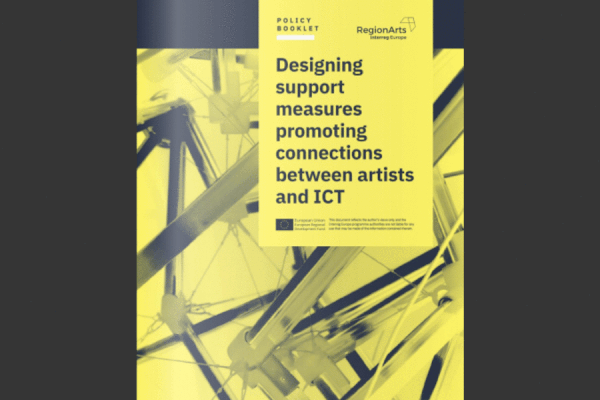On November 24th, Baltan organised the 'ICT meets the Arts - Eindhoven' event in the context of the RegionArts project. In a series of events, the RegionArts consortium presents projects linking ARTS & ICT and activities that expunge the boundaries between the two sectors to stimulate creativity and innovation. Baltan presented a project from 'creative technologist' Louis Ferreira and two video lectures by Ellen Pearlman and Douglas Rushkoff.
The event started with an introduction about Baltan Laboratories and its’ successful collaboration policy deriving from the publication 'A blueprint for a lab of the future' (2011) which stated: Labs working on the intersection of Art & Technology, should not invest in the latest technologies but instead collaborate closely within the ecosystem, to bridge creative and high-tech communities. Eindhoven, known as the Brainport Region, consists of many companies and start-ups, consequently creating an ideal climate to unfold such strategy. With this premise, Baltan developed their policy for implementing art, science and technology trajectories between different stakeholders in- and outside the region.
The introduction program was followed with a presentation and short video by Louis Ferreira, who calls himself a creative technologist. His project unfolds a data-driven generative-design tool to find new purposes for the use of public data collected by public sensors at Stratumseind in the city of Eindhoven. An area that is known for its nightlife, and which has been assigned as a dedicated area for testing surveillance technology. With the toolkit, Luis simulates the trails of passengers which consequently are visualized and displayed as architectural data-paintings. A project he hopes to further develop in the future.
The Keynotes - Ellen Pearlman & Douglas Rushkoff
The session continued with two keynotes in which both speakers were invited to reflect on the notion of art in our tech-dominated society. The first keynote lecture by Dr. Ellen Pearlman 'Imagining the Unimaginable and Performing the Unthinkable', showed some of her artistic projects such as NOOR, an immersive interactive brain wave opera in a 360 Degree theatre. Noor asks "Is there a place in human consciousness where surveillance cannot go?". In the opera, a performer wears a Brain-Computer Interface (BCI), that measures her EEG brainwaves and four emotions: Interest, excitement, frustration and meditation. Her brainwaves launch a database of video and audio that reflect her emotional state as she interacts with the audience. The project talks about the enhanced induce of surveillance and if there will come an imagined time when surveillance can see into our innermost thoughts and dreams.
Ellen’s work revolves around the question: Can Artificial Intelligence truly understand humans? In her project, she connects brainwave activity, emotion detection, pattern recognition and machine learning to stretch the boundaries between technology and human perception. Ellen is also interested in epigenetic memory, memory stored in our DNA without us being aware.
The presentation was followed by Douglas Rushkoff with the keynote 'Artists in a Digital Society: Programmers or De-Programmers?' In his keynote Douglas Rushkoff argues that technology is slowly but surely shifting our world towards a (digital) society, in which everything is controlled, predicted and quantized. Can digital art still have an impact in this world? Rushkoff somehow remains optimistic, despite his critical reflections concerning the implications of digital technology which emerged, the past decades. It started in the Renaissance with the invention of empirical science. Douglas refers to scientist Francis Bacon, who said: “Science allows us to take nature by the forelock, hold her down and submit her to our will, quote-unquote”. This is literally a rape phantasy in which nature is being quantized, Rushkoff argues. This notion equals the reduction of 'possibility'.
Rushkoff continues with a reference to Darwin's evolution theory and points out nature's key strategy for mutual survival is setting the perfect example. In nature, it's all about collaboration. In times of scarcity, trees provide for each other. Looking at the status quo in society we can learn from nature. Rushkoff points out that art is not about answering questions, it’s about creating paradoxes; music is an opportunity to resonate together; theatre and literature are about the in-between spaces, something we don’t yet understand.
The narrative is not about reaching a conclusion, it’s about openness and connecting new dots, doing pattern recognition. It’s about enhancing our intuition. Instead of building a ‘digital womb’ and insulate ourselves, we should take back reality and reclaim it for 'Team human'.


